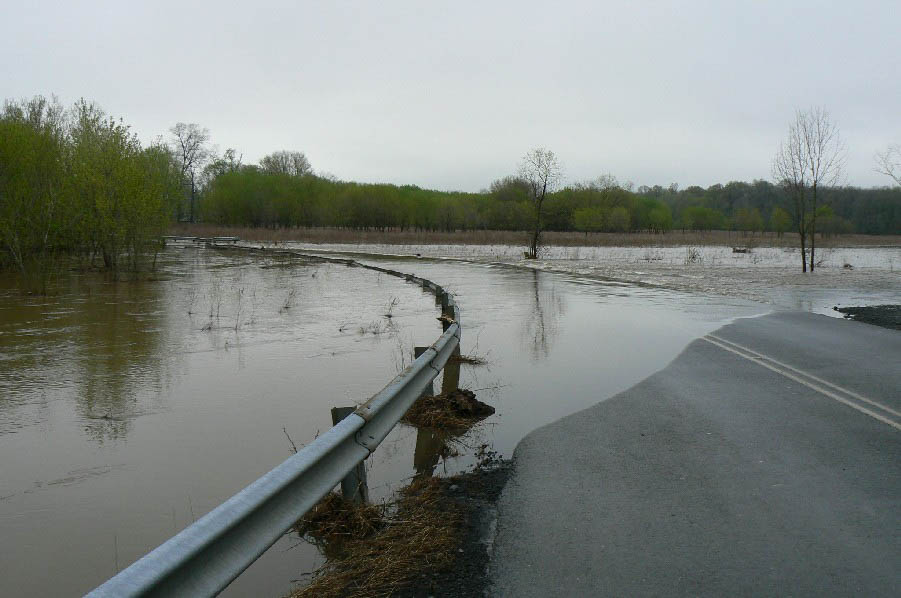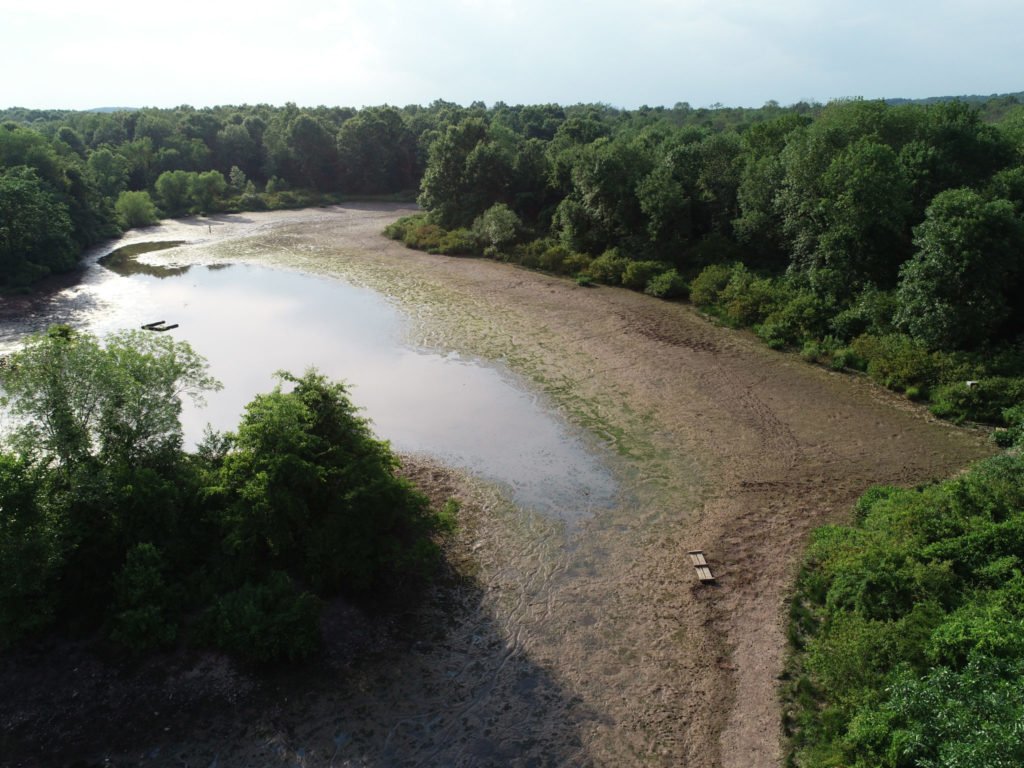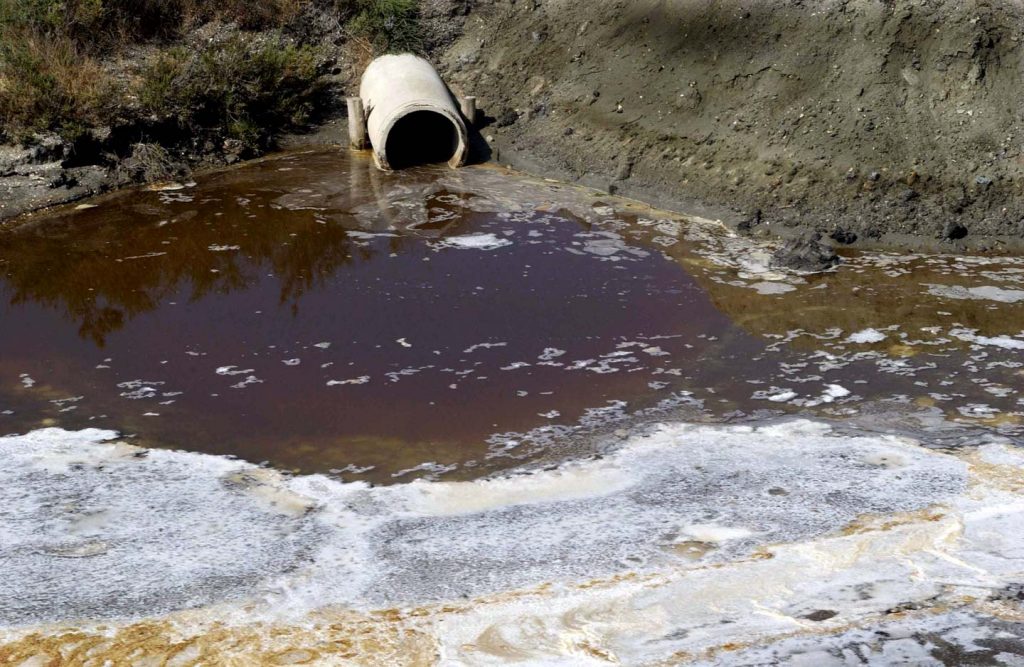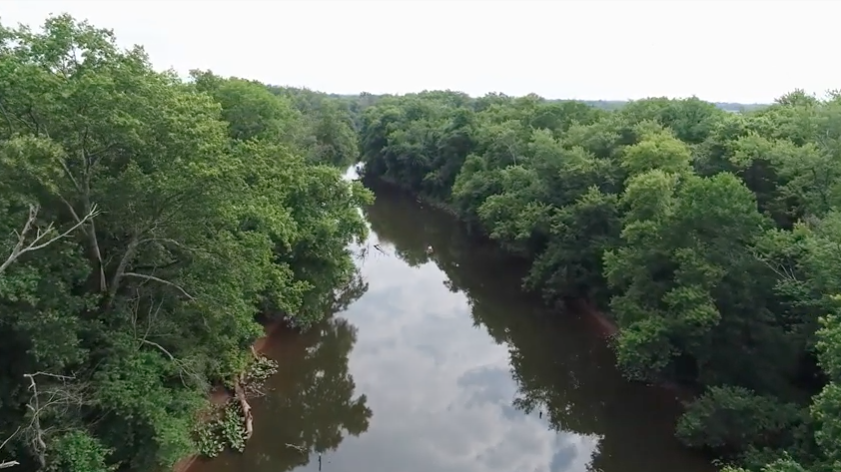Water is our most precious natural resource—without it, all life would perish. Water is also incredibly fragile and vulnerable to many threats, from various sources of pollution to climate change. Water’s complex character has inspired artists, ignited political wars, and influenced the growth of cities. Access to water ranges from a simple twist of a spigot for some people to the time-consuming process of hauling buckets of water for others. We invite you to examine your relationship with water. Every drop counts.
Too much water means flooding and erosion. As we continue to replace forests, meadows and wetlands with hard surfaces like asphalt, concrete, and rooftops, there is less and less room for water to soak into the ground.
Instead of replenishing groundwater naturally, more precipitation gets trapped on hard surfaces. These surfaces act as a ramp for water to carve out stream banks and rapidly sweep pollution into our waterways.
Tell us where it floods near you!

Too little water spells drought. The water we drink comes from groundwater or treated surface water drawn from local rivers.
We utilize reservoirs to provide a steady supply for the state’s residents, but dry seasonality, poor management, and heavy development can all impede our watershed’s ability to absorb and retain water naturally. New Jersey’s Water Supply Master Plan hasn’t been updated since 1996! That’s why water conservation is at the heart of everything we do.
How much water do you use?

Dirty water means pollution. The greatest source of water pollution in our region today is polluted stormwater runoff from the daily activities of ordinary residents.
Pesticides and fertilizers from our lawns, oil and chemicals that spill from our cars, leaks from broken septic pipes, pet waste, cleaners, road salt, plastic waste, micro-trash, and other forms of “people pollution” accumulate in our drinking water.
See your People Pollution Score:



The water cycle is the processes by which water circulates between the earth’s oceans, atmosphere, and land, involving precipitation as rain and snow, drainage in streams and rivers, and return to the atmosphere by evaporation and transpiration.
Watch our video to see how land development and climate change is affecting the water cycle. Find out what you can do to help restore this natural cycle!
Site by Scout Digital
Governor Murphy is under pressure to abandon legislation that would protect New Jersey from flooding. Sign our petition to show your support!